Farmers Health Inequalities: Longitudinal Analysis of Morbidity, Mortality, and Migration Trends.
This study will examine morbidity, mortality, and migration between 1991, 2001, and 2011. Using individual and area level data from the NILS, I plan to compare census derived variables and health outcomes of agricultural workers against other distinct occupations. This study’s target audience will be farmers from different farming sectors and by extension their farming families. This study will analyse sub-groups of agricultural workers, their health circumstances, death rates, and migration trends against other detailed occupations; to examine variations in their demographic, socio-economic and health over time.












